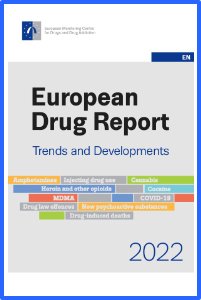By Rachel Locke
Transnational organized crime (TOC) is a global challenge posing serious threats to our collective peace and security. But in conflict-affected and fragile states the threats of transnational organized crime present particular and insidious challenges requiring new and innovative responses. Not only does TOC undermine the strength of the state, it further affects the critical and often contested relationship between the state and society. In fragile and conflict-affected states it is precisely the degraded nature of this relationship that often prevents progress toward greater peace and prosperity. While there is now an established correlation between conflict and state fragility, much less is understood about the relationship between transnational organized crime, conflict, and fragility. This report examines the dynamics between conflict, state fragility, and TOC, demonstrating how the three fit together in an uneasy triumvirate, and it presents ideas for a more effective response. Roughly half of all illicit transactions in the world are taking place in countries experiencing a range of weak enforcement mechanisms, low levels of economic well-being, insufficient government capacity, and significant societal divisions. In these contexts, transnational criminal networks further erode state legitimacy by incentivizing corruption, infiltrating state structures, and competing with the state in the provision of services. Yet the dominant approach to tackling organized crime, what I term a “law-and-order” approach, frequently fails to account for the complex dynamics associated with criminal networks in fragile and conflict-affected contexts. This approach, which is primarily focused on security, sanctions, and the rule of law, is rarely tailored to the needs of countries suffering from severe governance deficits or those with a history of conflict. On the contrary, it has the potential to reinforce historical enmities between the state and its citizens and notions of state power as coercive control rather than legitimate representation
New York: International Peace Institute, July 2012. 24p.





















